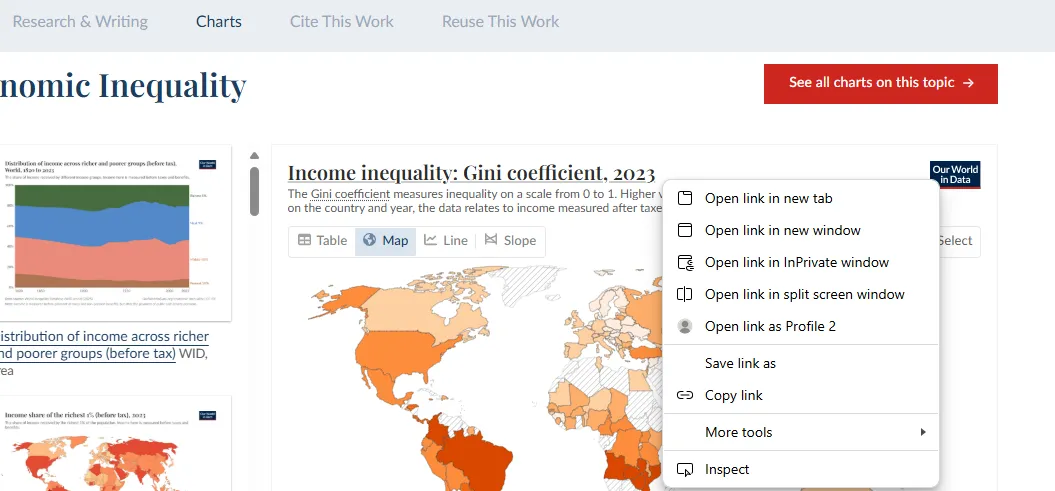Owid Scrapper
Pricing
$500.00 / 1,000 one charts
Go to Apify Store

Owid Scrapper
Scrapper and Automation serving dataset of charts from Our World In Data, make fast your projects
Pricing
$500.00 / 1,000 one charts
Rating
5.0
(1)
Developer

MDHorilabs
Maintained by Community
Actor stats
0
Bookmarked
3
Total users
3
Monthly active users
6 months ago
Last modified
Categories
Share
OWID (Our World In Data) Scrapper Charts
Automation serving dataset of charts from Our World In Data, make fast your projects
🎯 Features
- Multiple Charts Scrapping: allow multiple input in single action
- Export the requested dataset with a neat structure: one chart one dataset
🚀 How To Use
1. Fill Urls Chart
the url mostly with prefix "https://ourworldindata.org/grapher/{chart_name}"
example source bellow

2. Collect your data
After click your run, click section storage and select many dataset for this run

📌 Dataset Details
metadata: This is a note from the received dataset and details of the dataset chart. {chart_name}: The primary datasets name is from chart name default: Default dataset is not used
📌 Sample Output


